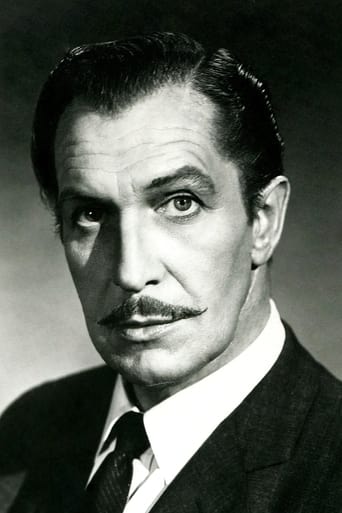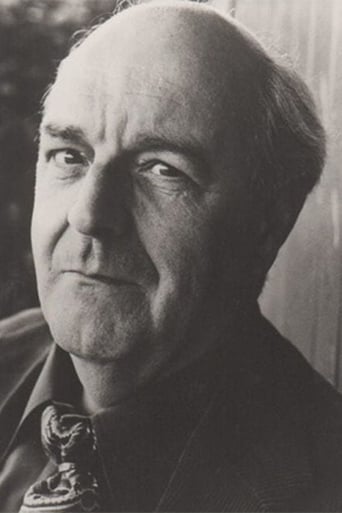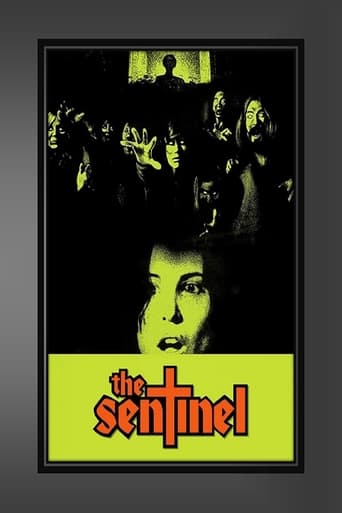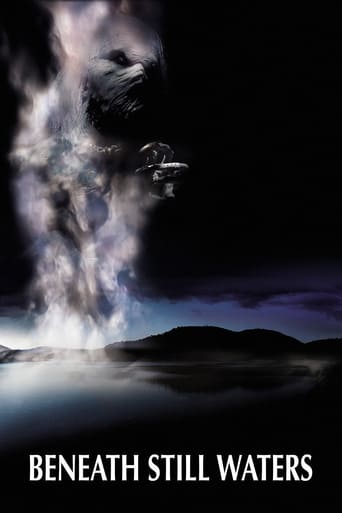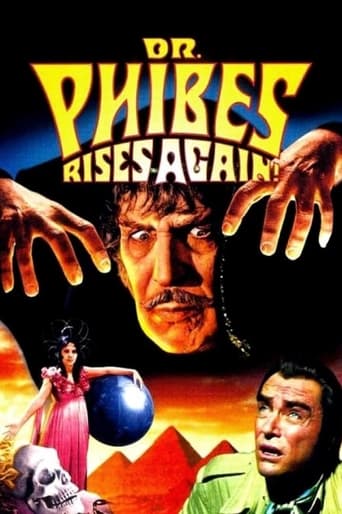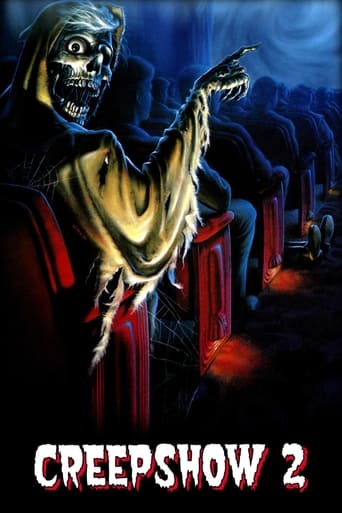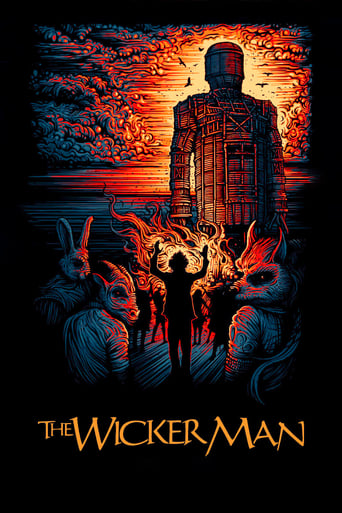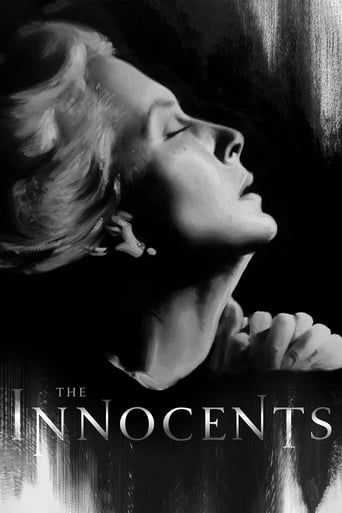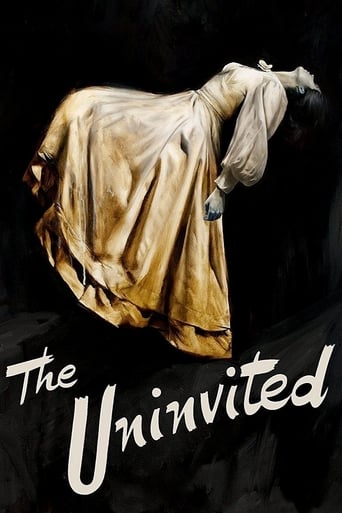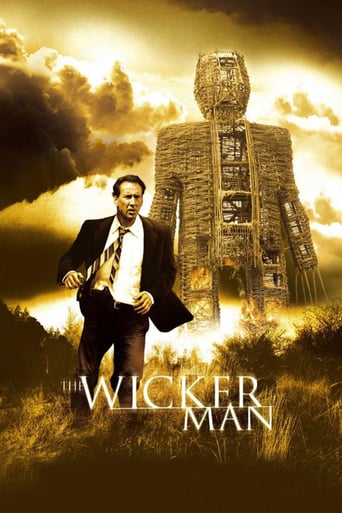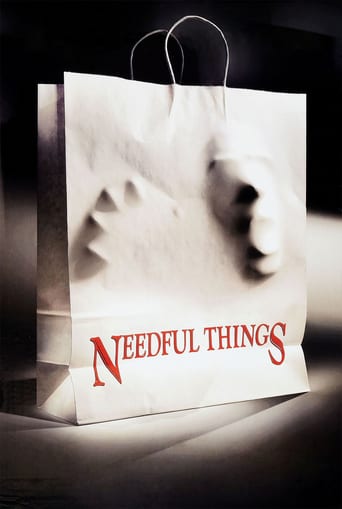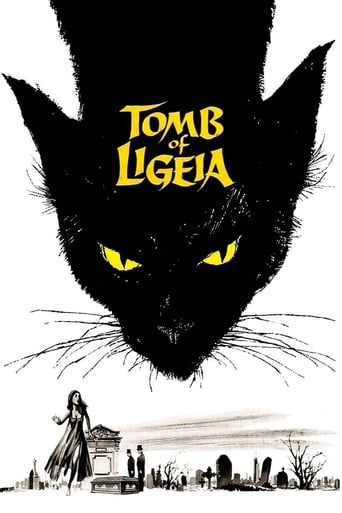
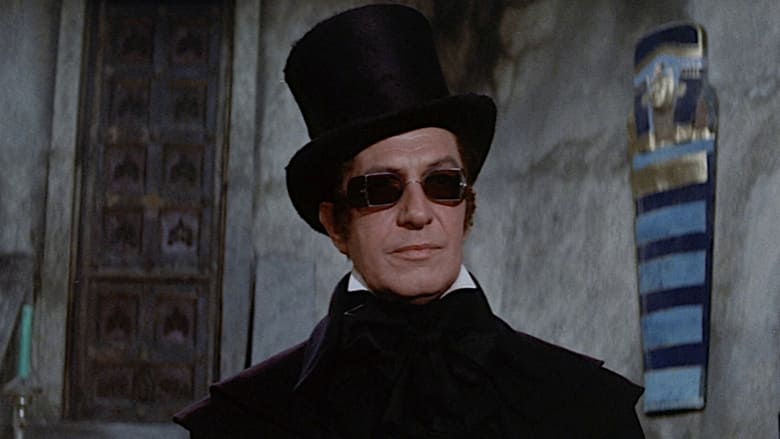
The Tomb of Ligeia (1965)
Verden Fell is shattered after the death of his lovely wife. But, after an unexpected encounter with Lady Rowena Trevanion, Fell soon finds himself married again. Nevertheless, his late wife's spirit seems to hang over the dilapidated abbey that Fell shares with his new bride. Lady Rowena senses that something is amiss and, when she investigates, makes a horrifying discovery -- learning that Fell's dead wife is closer than she ever imagined possible.
Watch Trailer
Cast


Similar titles
Reviews
Following her unexpected death, a lord unable to bury his deceased wife for fear she is still alive takes another woman into his good graces only for events to unfurl that cause her to believe she has become possessed by her and is trying to right a wrong he committed against her.This is an overrated film, but there's still some good stuff in here. As is usual with these films, the best part is the absolutely grand Gothic atmosphere here in the abbey location, which is really impressive. There's the fact that the film takes place in an actual ruined castle gives it a great feeling, the grandness of the location is a plus, allowing for some nice feeling with the washed- away stones, huge open spaces, and ornate furniture coming about through the candle-lit rooms that really make this stand out. There's also a really great castle as well, including a long series of really freaky hallways and filled with those ominous thunderstorms and atmosphere, this looks absolutely creepy and manages to get some fantastic imagery and atmosphere from it. The various scenes around the ruins, showing her adjusting to life with him and being pestered by the cat as well as the chasing into the basement which are fine Gothic set-pieces as well as a really great dream sequence that's really creepy as it's not in normal-time and the surrealistic images and ideas presented in it make it stand out. The other really big factor that works in here is it's finale, which is just a fire-packed spectacle. The flaming ruins that comprise this one is just as grand as any other in the series, as the fire starts off small and soon ignites into a raging inferno, taking down entire columns of stone and walls that are ablaze in huge cascading walls of flames. What makes this one even more impressive is that there's some addition action thrown in with some fighting scenes, some chasing and one of the best attempts to escape inside. Due to the large amount of falling flaming objects coming down, there's some thrilling moments due to all the close-calls accumulated. Add in some nice jumps here and there and the odd creepy moment throughout and this does have some great parts to it. These here make this one watchable, but does have an overrated feel to it. The plot here is the biggest flaw, as it shuffles around the basic elements of the rest of the previous films, including love from beyond the tomb, possession, the doom-and-gloom obsessed husband, the pretty, innocent bride driven around the bend by such obsessions, a neurotic and cowering lead that suffers from hyper- acuteness of a sense and everything going up in flames at the end, but the lack of much connecting logic to it all makes it feel like a fairly uninspired rehash. That feeling covers the entire film, making it seem like everything we've seen before trotted out once again. The biggest flaw, though, is that the film takes forever to get going. This is a slow, slow film, and there's a real lack of action in here beyond an odd scene here and there. Otherwise, the only thing really constituting action would be the ending, leaving the beginning to feature a large amount of endless scenes that just go by without developing into anything. This is the film's biggest flaw, but beyond these two, the film isn't that bad.Today's Rating/PG-13: Violence, Mild Language and mild scenes of animal violence.
Poor Vincent Price. Always a widower, never at peace with his dead wife looking over his shoulder, ready to pounce like a Fruma Sarah. Elizabeth Shepherd gets the privilege of being both good and evil, blonde and brunette, and possibly going in between life and death as fast as the black cat prowling Price's castle howls or hisses. As usual, Price is a brooding Heathcliff/Maxim de Winter type character, not outwardly evil, but with Price you never can be too sure. He is desperately afraid of sunlight so he wears the strangest looking sunglasses in film history. Like any good well-bred English countryside neighbor, Shepherd's "Lady Rowena" is gallivanting across Price's property (which seems to have belonged to his late wife Ligeia, not Price), and after falling right atop Ligeia's grave, she encounters the dour Price and a rather strange relationship begins between the two. It's obvious from hints Price's character gives that Ligeia would never allow him to re-marry, so when they do, it's no surprise that legal ramifications make the marriage not recognized by the law. The angry black cat doesn't like Rowena either, violently attacking Shepherd and growling at her every chance it gets. This soon leads to a showdown between wife #2, the furious feline and whatever is lingering in the middle-ages like castle of Ligeia's evil spirit.Slow moving, moody but romantic, this never fully explains what Ligeia was supposed to be in life. Witch? Devil worshiper? Succubus? The audience is left to decide, but one thing we are instantly aware of is that this isn't going to be a happy relationship between Price and wife #2. John Westbrook is present as Rowena's admirer/protector who comes to Shepherd's rescue on a number of occasions. Shepherd has a dream of husband/cat/first wife that is part horrific nightmare, somewhat comical, and definitely a sign to me that her first response would be to get as far away as you can as fast as possible. Encounters between Shepherd and the cat are very frightening, and those who love cats will be very disturbed by Price's reaction to this creature who definitely represents evil. Like other American International/Vincent Price/Roger Corman/Edgar Allan Poe Gothic horror tales, this depends a lot on the wrath of fire to conclude its story. It isn't one I would watch again over and over (missing the humor and camp element of "The Pit and the Pendulum" and "The House of Usher") but it is definitely one that will leave you with a few chills.
Verden Fell (Vincent Price) was married to a demon woman, Ligeia, and even after death she haunts him. When he takes a new wife, Rowena, things quickly go very badly for both of them as Ligeia begins to possess Fell's new love.This was the last of Roger Corman's "Poe" series, and although considered his best by some, I found it highly lackluster. Perhaps it is because Richard Matheson was not responsible for the script? I do not know, but as good as this one was, it just fell short for me.Vincent Price is, of course, good as always. Is he ever less than the best? But the credit here should go to Elizabeth Shepherd, who played both Ligeia and Rowena. I honestly could not tell they were the same actress until the credits, and that says something for the makeup department, but also Shepherd's ability to command range of personality within a single film. She deserves to be better known.Ivan Butler shares my sense of doubt when he says the film is "a falling off from its predecessor" and "the epic sense of grandeur and doom may be missing". He goes on to praise the film, more so for its deep psychological implications and what he sees as an homage to Cocteau.Howard Thompson in the New York Times of May 6, 1965 wrote that "these low-budget shockers generally evoke a compelling sense of heady atmosphere and coiled doom in their excellent Gothic settings, arresting color schemes and camera mobility... Mr. Corman has made stunning, ambient use of his authentic setting, an ancient abbey in Norfolk, England, and the lovely countryside. The picture is not nearly as finished as Masque of the Red Death... But the Corman climate of evil is as unhealthy and contagious as ever." That sums up the film in a manner far better than I could.
"Tomb of Ligeia" was the last of Corman's popular Edgar Allan Poe adaptations of the 60's. Because of how it's totally different in style from the previous entries in the series, many have deemed it as an inferior effort, though I personally think it's the total opposite. There's no doubt in my view that "Ligeia" is Corman's finest Poe adaptation. All the flaws present in his earlier films (even in the more well praised "Masque of the Red Death"), that have become even more visible with aging, have served as a lesson as to what not to do, and are thankfully not present here. The most effective change was the change of setting. Instead of using painted backdrops posing and excessive sound stage interiors posing as European settings, this one was actually filmed on-location in the British countryside, with studio indoors scenes kept to a minimum. The gorgeously photographed exterior locations, with the dark and imposing ruins clashing against the peaceful, idyllic nature surroundings, add immensely to the film's brooding Gothic atmosphere, and it's a real shame it wasn't used more often in other films of the same period. Not since Jean Epstein's haunting "Fall of the House of Usher" in 1928, has Poe's style been so faithfully adapted to the silver screen. This is mostly due to Corman's stylish and original direction, an intelligent script by Robert Towne (of "Chinatown" fame) and to Vincent Price's acting. Without resorting to over-the-top melodramatic gestures (as seen in 1961's "Pit and the Pendulum"), Price plays to perfection a suave, mysterious, eerily seductive and haunted lead - the ultimate Poe lead, and one of his best performances, up there with his work in "Witchfinder General". Elizabeth Sheppard, whom you might remember as the doomed journalist from "Damien: Omen II", is equally effective as the female lead, both as Ligeia and Lady Rowena. As Rowena, Sheppard doesn't go for your typical 'damsel in distress' performance as it could've been, and plays as a much stronger willed, not so innocent, independent, yet likable character. Though her role as creepy raven-haired Ligeia has less screen time, she does manage to leave an impression, and manages to be genuinely creepy. Another bonus is the surreal dream sequence that happens somewhere in the middle of the film. A trademark Corman treat, this scene is filled with vivid colors, brilliantly otherworldly camera-work and bizarre, nightmarish imagery, it's one of the film's scariest moments, and also one of the director's most memorable set pieces. Also, I love the subtly creepy and disturbingly poetic approach Towne and Corman take at the controversial necrophilia subplot. This subject matter would get an equally elegant treatment 10 years later in Mario Bava's "Lisa and the Devil". The film's flaws come basically from the final confrontation between Price and Sheppard, which comes back as a more typical Corman-ending-to-a-Poe-film, coming off as a bit anti-climatic, considering how much build up there was it. Nevertheless, it's fun and stylish, even if it's slightly campy tone doesn't match the otherwise seriousness of all that came after. Overall, an exquisite Gothic gem from the 60's, and essential viewing for fans of the genre. Even if you're not a fan of the director's work, do check it out, as it might as well come off as a pleasant surprise. 9.5/10


